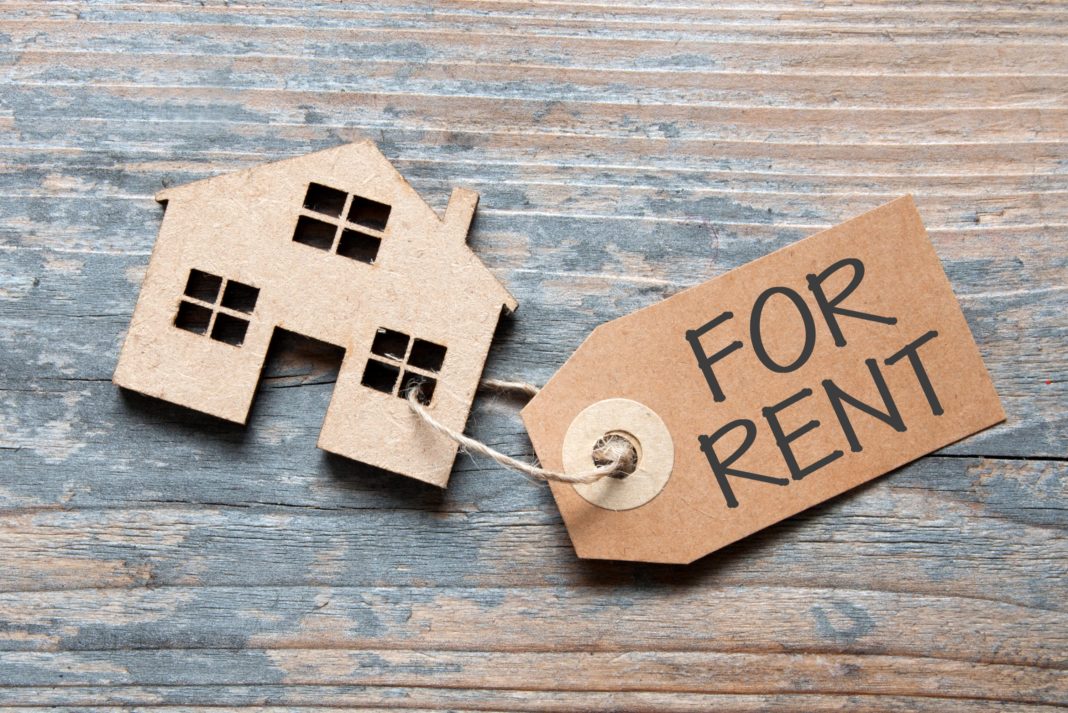A new addition to Australia’s real estate market, the Build-to-Rent strategy is facing some early challenges because it isn’t readily accepted in the country. However, local developers might miss out on an excellent opportunity if they hesitate.
Having long attracted significant capital in countries like the US and UK, the build-to-rent sector has only recently gained a foothold in Australia.
Unfortunately, it’s often misunderstood and ‘build-to-rent’ isn’t as yet widely accepted.
What’s surprising is that the sector recently experienced unprecedented growth despite people’s seemingly negative reaction to the model.
With a massive number of planned projects set to begin within the following 12 months, build-to-rent is on its way to becoming a crucial part of the market.
Admittedly, it’s still early to predict with a high degree of confidence. But this sector will progressively grow as time goes by if overseas examples are relevant to the Australian market.
Despite the conservative attitude of superannuation companies towards the new asset class, this model offers a stable ROI and plenty of potential. The challenges are present as Australian society embraces the sector, but the benefits will quickly dispel any lingering opposition.
Recently, Mirvac offered 315 apartments for lease in LIV Indigo, two towers that form a part of a larger development in Sydney. The rents are above-market, and the offer includes facilities far surpassing the usual build-to-sell models.
LIV Indigo offers on-site managers, a theatre, workspaces, a playroom for children, and a dining room. Leases last for one year, with tenants having unlimited options for renewal.
With all of the tenant-friendly amenities, build to rent development is bound to reach similar heights in Australia as it did overseas. For example, the UK currently has around 170,000 apartments in different planning, construction, or operation stages.
Australia is still waiting for the large-scale developments to commence, with planning and building already underway in most capital and regional cities.
This article will present the major benefits and vital details about this development model and explain why building to rent is a viable and profitable development strategy.
The Benefits of Build-to-Rent
With multifamily housing as its most prominent sector, the new asset class presents an excellent opportunity, particularly to institutional investors. With a stable revenue stream and a customer base that should continue to grow, this development strategy offers diversification potential.
The income from build-to-rent assets benefits from retaining tenants, and the design elements often reflect this dynamic.
1. Efficient Upgrades
The build-to-rent model focuses on durable and adaptable apartments, which differs from the traditional build-to-sell one. The process doesn’t rely on quick and cheap construction since operators will retain the assets once development’s completed.
Because operators can perform upgrades without disruption, the property is easily modernised to retain or add to its value. And since the ROI is directly tied to the value of buildings and individual apartments, leaving room for refurbishment and similar interventions can be highly beneficial for investors.
2. Rooting in Communal Networks
When it comes to buildings with apartments for lease, tenant connections can play a significant role in the turnover rate.
Once people start networking and cooperating and develop a sense of community and belonging, they become rooted in those living around them. By extension, these roots tie tenants to the property and, in effect, diminish turnover.
With these factors in mind, a build-to-rent development often places a strong focus on the community-building elements that encourage mutual communication and engagement among tenants.
3. Stable Passive Income
Institutional investors retain assets for extended periods to secure a constant passive income. Their goal isn’t to buy and sell properties but to hold on to them for long-term profit.
The potential for continual income is what drives this development strategy. Coupled with low turnover, this makes the situation sustainable and more comfortable for both investors and tenants.
Tenants are freed from the stress of landlord changes and can start viewing the premises as their own because there’s a long-term strategy involved.
Build-to-rent properties may enjoy fewer vacancies and turnover as a result.
4. Focus on the Customers
Another significant benefit of this type of assets related to tenant retention is the provision of customer-centric services.
Operators have a range of options for boosting customer satisfaction and reducing vacancies. On the other hand, tenants often enjoy an in-house team designated for upkeep and maintenance and various facilities, as seen in the LIV Indigo example.
Other benefits may include longer lease periods and comparably smaller fees for real estate agencies.

Three Flow-on Effects
Once the build-to-rent sector starts growing significantly, it can bring on several flow-on effects. And depending on the scope, these effects can benefit the market or present new challenges. Either way, the expected growth is reason enough for developers to consider the strategy.
- Greater Stock and Increased Capital
Overseas investments play a significant role when it comes to the growth of the Australian build-to-rent sector. A brief look at the numbers for 2019 shows that such capital inflow made up about a third of the total investment in the commercial sector.
With a more significant capital influx and the development of more successful build-to-rent assets, developers will assume a more active role. Eventually, more stock will start entering the market and potentially disrupt the status quo.
- Increased Competition
As more developers start providing more properties, competition could develop in various aspects of the build-to-rent model. Such a development could lead to providers competing to attract and retain more tenants.
A similar situation already took place when it comes to commercial offices. Premium amenities were introduced for tenant appeal, as often made possible by institutional investment.
The same factor could come into play in the residential sectors, with competitors potentially leveraging rental conditions, quality and responsiveness of management, or pricing increases.
- The Living Density
If the path taken by the UK’s build-to-rent sector can provide insights relative to the Australian market, development in this sector will likely gravitate more and more towards greater density.
In the third quarter of 2019, the UK had an average property size of 133 units. Simultaneously, ongoing development projects averaged 245 units, while those in planning were even more expansive at an average of 325 units.
What those numbers show is that developments grow with investor confidence in the market. For Australia, if the model starts gaining popularity and market support, expectations are that the average size of high-density development will exceed 200 units.
Some Build-to-Rent Development Is Already Under Way
Australia’s build-to-rent industry is already gaining traction and accelerating at a significant rate. In fact, offshore investments in the previous year have driven the sector to grow by nearly 70%.
There are about 40 projects with nearly 15,000 apartments currently underway and the industry’s gaining further momentum. The thousands of pre-development units will, at some point, surface in the market due to recent tax reforms.
New South Wales, Queensland, and Victoria are currently leading the charge, with Melbourne at the top position within the sector. The city boasts more than half of all projects and is followed by Sydney (about a quarter of the market).
The reason for Victoria and Queensland dominating the sector is the presence of ample development sites accompanied by lower entry barriers. In other words, those markets presented the best opportunity for development. But with the shifting dynamics throughout the country, other areas might soon follow suit.
Funding build-to-rent development will likely increase with the evolving knowledge of the asset class in Australia.
Get Involved With the New Asset Class Early
As it stands now, local developers are falling behind foreign investors in build-to-rent properties, which isn’t entirely unexpected. But investors from overseas countries like the US and UK are quick to extend the capital necessary for development given their long tradition and experience in the asset class.
Local investors who fail to seize the opportunity could miss out on the exceptional benefits of the model. Unfortunately, this is more likely to happen because of an overly-traditional view of real estate and housing.
With several build-to-rent projects well underway, it’s a matter of time before the new model proves its profitability. Getting in on it now will reward those fastest to react with sustainable passive incomes and a fresh market slated to change the rules of the game.
Those who wish to get in early with build-to-rent property development would be wise to utilise the best tools in the market. Archistar represents just that – it’s a new platform that enables its users to access property insights and calculate the feasibility of property development opportunities.
With Archistar, you’ll be able to find and assess sites and use the Generative Design Engine to automatically generate a range of potential property designs. You’ll find in the platform every tool necessary for developing your strategy.
Get started for free: [https://www.archistar.ai/]

